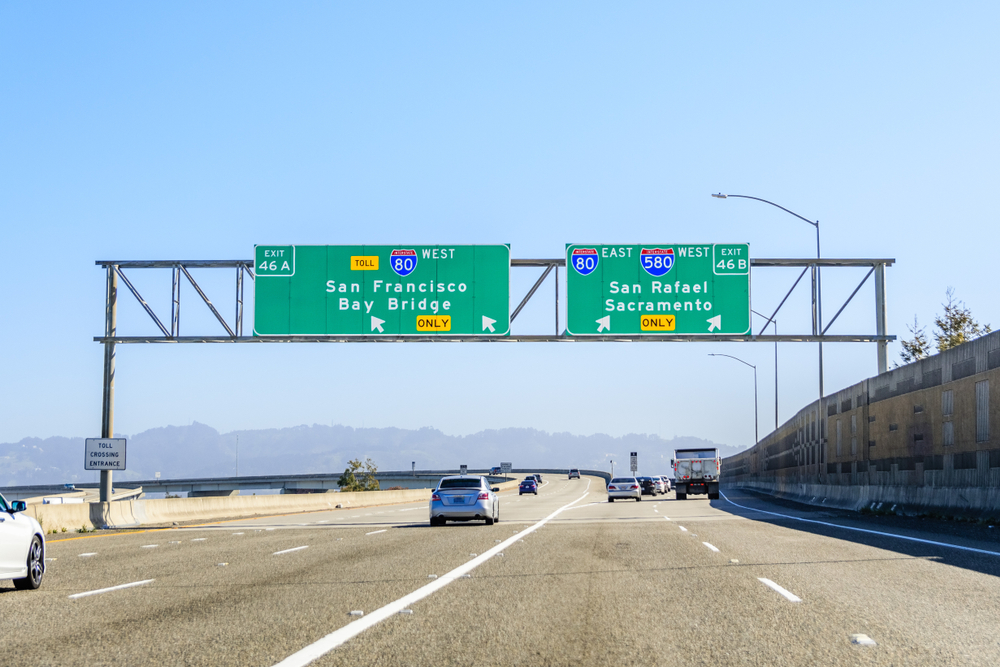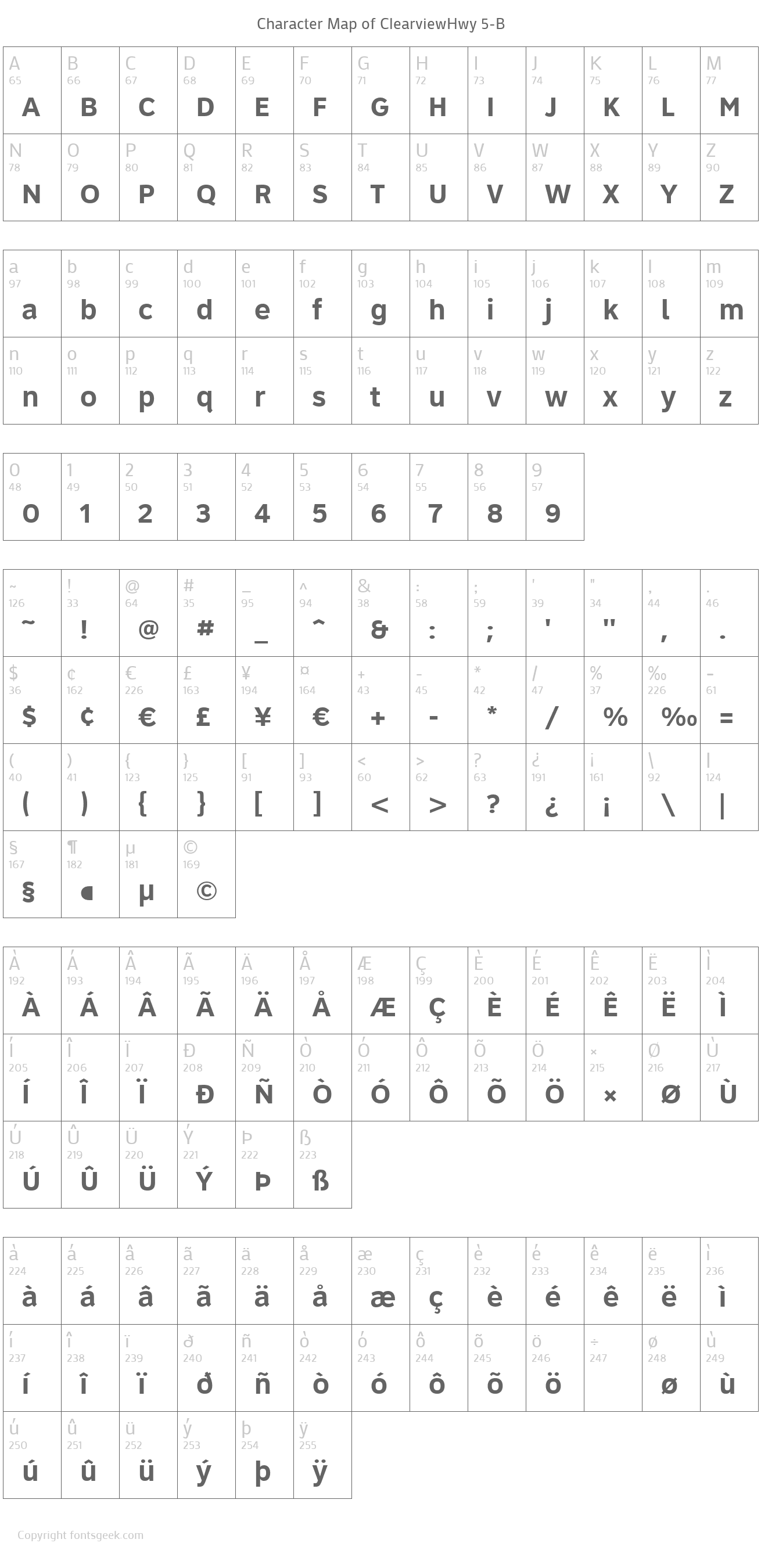

This Detroit intersection illustrates four features that benefit older drivers: far-side traffic signals centered over each through lane, backplates with reflectorized yellow borders on the traffic signals, painted curb on the median island, and the overhead internally lit street name sign with 30-centimeter (12-inch) letter height.
CLEARVIEW FONT HIGHWAY FULL
But because states have to pay a one-time licensing fee to Meeker & Associates to use Clearview (a full family of the font costs $800, Meeker says, “and they can use it from now until the end of time”), that’s a difficult edict to make.Bigger and brighter signs, more conspicuous signals, and wider stripes are among the innovations making highways safer for older road users. In theory, the FHWA could have decreed that all future positive contrast signs be printed in Clearview.

If that sounds like typographic dictatorship, consider the agency's job is to promote highway safety. So, the Highway Administration decided to stop allowing Clearview. “After more than a decade of analysis," agency administrator Gregory Nadeau wrote in a recent blog post, "we learned that retro-reflective sign sheeting materials that direct a vehicle’s headlamp beams back to the observer were the primary determining factor in improved nighttime visibility and legibility.” Additional studies from Texas A&M found that Clearview did not always lead to a significant improvement in legibility distance, and that when it did, "it was an improvement of about 3 to 12 percent." To further confuse things, it is possible that some of the perceived benefits of Clearview might actually have to do with a materials innovation introduced in 2003.

The fact that Clearview increased recognition distance in some circumstances but decreased it in others was troubling. In fact, nighttime recognition tests found that replacing Clearview actually decreased the distance at which people could read negative-contrast highway signs. In 2006, a followup study at Texas A&M found that Clearview offered no significant benefit over Highway Gothic in such cases. It wasn't clear how Clearview would perform on signs of negative contrast-that is, signs with black letters on a yellow, orange, or white background. The studies out of Penn State and Texas A&M had demonstrated Clearview's improved legibility on positive contrast signs-for instance, those with white letters on a green background. “Existing signs that use the provisional letter style and comply with the Interim Approval are unaffected by this action and may remain as long as they are in serviceable condition,” the statement reads.īut the Highway Administration granted Clearview provisional approval, pending further investigation. In reality, the Highway Administration's decision applies only to new signage. The New York Times (" Easy-Reading Road Signs Head to the Offramp") and CityLab (" America's Sudden U-Turn on Highway Fonts") seemed to herald the immediate demise of the safer highway signs. The announcement made for much handwringing. Its letterforms are a little taller, a little roomier, and-under certain circumstances-more identifiable than the font it replaced. Clearview has both a classroom kind of simplicity and government-issued authority.

Many of America's highway signs were subsequently updated if you've driven in Pennsylvania, Texas, or some 20 other states, you've probably seen the typeface yourself. Studies had found it more legible, and therefore safer, than the Standard Alphabets for Traffic Control Devices-more commonly called Highway Gothic-which had gone largely unchanged for more than half a century. The Highway Administration, which, among other things, oversees federal funding for highway construction and maintenance, had given the typeface provisional endorsement in 2004. Effective immediately, the agency announced, it would rescind its approval of Clearview, a typeface designed to make highway signs easier to read. Earlier this year, the Federal Highway Administration made a controversial announcement, about fonts.


 0 kommentar(er)
0 kommentar(er)
